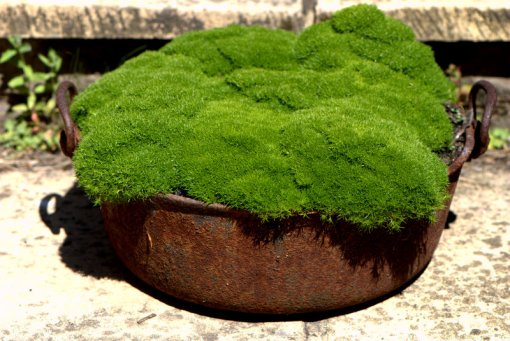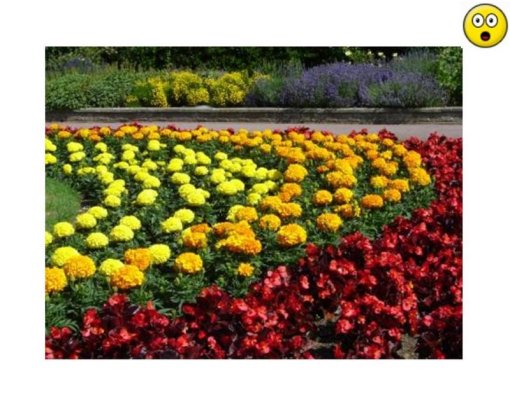
1. Tidy up!
Autumn is a great time for those who love wielding the clippers – all that summer growth will need a trim back now to keep the garden tidy. But many off-cuts will strike well in the humidity right now so think about planting some of your cuttings out into pots.
2. Dig out the debris
Remove plant debris and diseased leaves from flowers and vegetable patches. Dig up the annuals – plants that last only a season – and put them on the compost heap. Flowering perennials – plants that spring up year after year from their roots – should be cut back. Remove yellowing or dead leaves or flowers before rot develops and remove any weeds hidden under the plant foliage.
3. Start composting
Winter gives cuttings and leaves a chance to break down and produce nutrient-rich compost, which will be ready for boosting the garden in the new year. Now is also a really good time to turn your compost heap. It will heat up nicely and then gently rot over winter.
4. Embrace autumn colour
Deciduous trees, such as acers, will provide lovely autumn colours from foliage, bark and berries. Autumn flowers such as crocus and amaryllis add colour, too. Cyclamens come in white and a range of pink shades with glossy green leaves, and add a welcome dash of vibrancy.
5. Plant for the future
This is a good time of year to plant spring bulbs, such as daffodils and tulips, and new perennials – the soil is still warm but moisture levels are increasing. There is still time for plants to establish themselves before the real cold sets in. This is also a good time of year to plant or move shrubs and trees to allow them to anchor down before the growing season. Reflect on what was and was not successful in this year’s planting scheme so that you can adapt your plans for next year.
6. Venture into the interior
Ventilate conservatories during the remaining warmer days to prevent soaring temperatures, but reduce ventilation once the cooler, windy autumn weather sets in. Use shading paint or blinds to help to keep them cool. However, as light levels fall, reduce the shading as well as the watering of any houseplants.
7. Love your lawn
For a lovely lawn next spring, start to mow less frequently and raise the height of the grass as the growth rate slows down. Scarify your lawn by raking out dead grass and moss that has built up over the summer. Follow this with applying an high-potassium autumn lawn feed, which will release the correct balance of nutrients throughout the winter.
8. Cover up the furniture
When there is no more need for garden furniture, store it in the shed or garage to protect it from the winter weather and allow it to dry out. If you can’t do this, cover it with a tough waterproof sheet securely fixed down, taking care to allow plenty of air to circulate so that the furniture is not damp all winter. Wooden items, such as benches or pergolas, may benefit from a treatment of chemical preservative.
9. Give wildlife a hand
Encourage birds into the garden by providing extra food. Place the feeder near a tall shrub, fence or mature tree to provide protection from predators. Plant berry-bearing plants for an extra source of food for birds and other wildlife. Firethorn, rowan and holly plants are recommended.
10. Protect your pond
Cover your pond with a net to stop falling leaves polluting the water, but make sure you clean it regularly to prevent the net from sinking into the pond. If it contains fish ensure that they can continue to breathe by preventing the water from freezing. Make sure the pond is at least 8ft deep because fish live in the deepest levels during the winter months.
51.645037
-1.004368
























